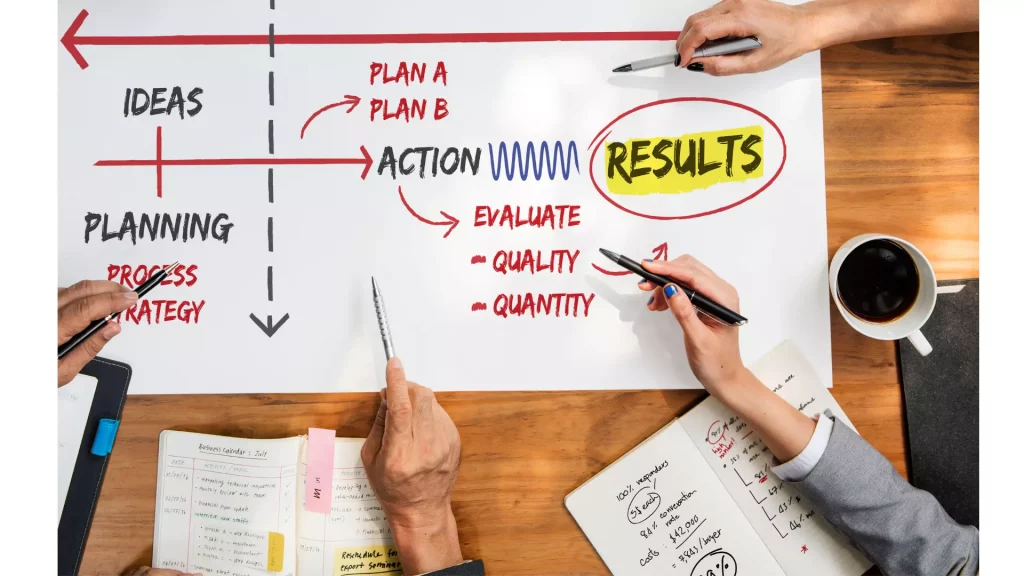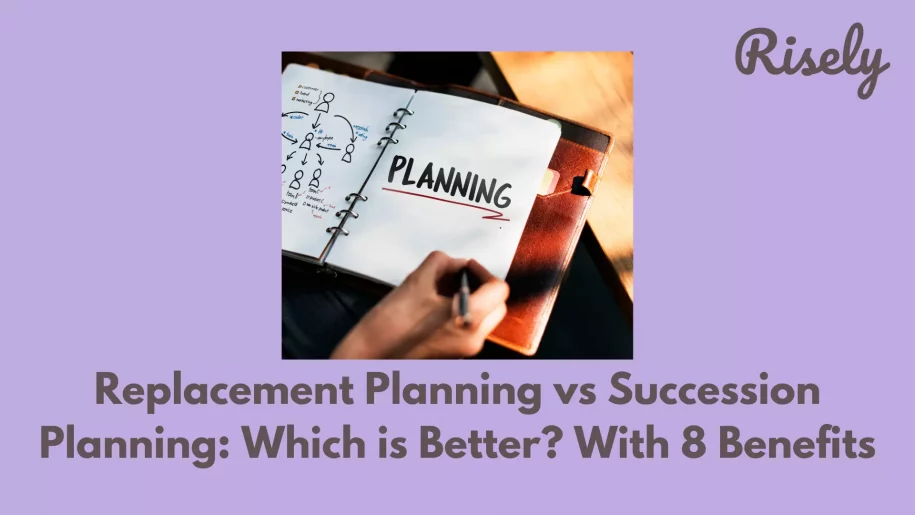Replacement Planning vs Succession Planning: Which is Better? With 8 Benefits
As an HR professional or manager, you are responsible for ensuring business continuity and the smooth transition of key positions within your organization. Succession planning and replacement planning are two approaches that can help you achieve these goals. But which one is right for your workplace? In this blog post, we will explore the differences between these two strategies, their benefits, and how to implement a combination approach to balance short-term and long-term goals. We will also provide key takeaways to help you make informed decisions about your organization’s succession and replacement planning needs. Join us as we delve into strategy and planning to determine which approach is better for you. Let’s dive in!Understanding Replacement Planning vs Succession Planning
To ensure an organization’s long-term success, it’s essential to grasp the main differences between replacement planning vs succession planning. While replacement planning focuses on filling key positions rapidly, succession planning creates a more developed workforce by identifying potential candidates for leadership roles with a formal succession plan. Incorporating performance management tools enables HR professionals to regularly identify qualified candidates for critical positions, avoiding discrepancies caused by misunderstanding the differences between plans. Succession planning ensures continuity in business operations through a well-designed coaching plan, job shadowing, and advancement checklists. Successful organizations understand the main differences between replacement planning vs succession planning. While replacement planning is reactive and focuses on filling immediate vacancies with qualified candidates from outside the organization, succession planning is a proactive solution designed to identify and develop high-potential employees within the organization for long-term training and development. HR professionals and managers must know these variations to ensure a well-designed plan for long-term success.Which One is Right for Your Workplace?
Whether replacement or succession planning is right for your workplace depends on your organization’s needs and goals. Replacement planning focuses on identifying immediate replacements for key positions in case of unexpected departures. It is suitable for organizations that prioritize short-term stability and continuity. On the other hand, succession planning takes a more proactive approach by identifying and developing future leaders for long-term organizational success. It cultivates a leadership pipeline, promotes talent development, and ensures a smooth transition of key roles. Succession planning is ideal for organizations that value sustainability, talent retention, and strategic leadership development. Ultimately, combining both approaches may be appropriate to address immediate and long-term leadership needs.Replacement Planning vs Succession Planning: Benefits
Benefits of Replacement Planning:- Short-term Stability: Replacement planning ensures immediate coverage of critical positions in case of unexpected departures, minimizing disruptions and maintaining operational stability.
- Quick Response: With identified replacements, organizations can respond swiftly to leadership vacancies, reducing downtime and ensuring business continuity.
- Role-Specific Focus: Replacement planning allows organizations to specifically address critical positions, ensuring that competent individuals cover essential functions and responsibilities.
- Cost-Efficiency: By having a pool of potential replacements readily available, organizations can minimize the need for external recruitment, saving on recruitment costs and time.
- Long-term Leadership Development: Succession planning focuses on identifying and developing future leaders, ensuring a steady supply of qualified individuals prepared to step into critical roles.
- Talent Retention and Engagement: Succession planning demonstrates an organization’s commitment to employee growth, fostering loyalty, and increasing employee engagement and job satisfaction.
- Organizational Agility: A robust succession plan allows organizations to adapt to changing business needs and seize opportunities by cultivating a pool of capable leaders who can drive innovation and navigate challenges.
- Knowledge Transfer: Succession planning facilitates the transfer of critical knowledge and expertise from experienced leaders to potential successors, preserving institutional knowledge and ensuring a smooth transition of responsibilities.

Implementing a Combination Approach
Implementing a combinational approach that incorporates both replacement planning and succession planning can be highly beneficial for organizations. Here are the steps to implement such an approach:- Identify Critical Positions: Identify key positions within the organization that require immediate coverage and long-term leadership development.
- Develop Replacement Pool: For critical positions that require immediate coverage, create a pool of potential replacements who can step in quickly when needed. This pool can be established through internal talent assessment and cross-training initiatives.
- Succession Planning for Key Positions: Implement succession planning strategies for critical positions requiring long-term leadership development. Identify high-potential employees and create individualized development plans that align with their career aspirations and the organization’s future needs.
- Cross-Pollination and Rotation: Encourage cross-pollination and rotation of employees across different departments or divisions. This provides exposure to various aspects of the organization, expands employees’ skill sets, and increases their readiness to take on leadership roles.
- Mentorship and Coaching: Establish mentorship and coaching programs to facilitate knowledge transfer and development. Pair high-potential employees with experienced leaders who can provide guidance, support, and insights to nurture their leadership abilities.
- Continuous Evaluation and Adjustment: Regularly assess the effectiveness of the combined approach. Review the pool of replacements, monitor the progress of potential successors, and make adjustments based on changes in business needs and employee performance.
- Communication and Transparency: Maintain open communication with employees about the combinational approach and the organization’s commitment to immediate coverage and long-term leadership development. Transparently communicate expectations and opportunities for growth to enhance employee engagement and buy-in.

